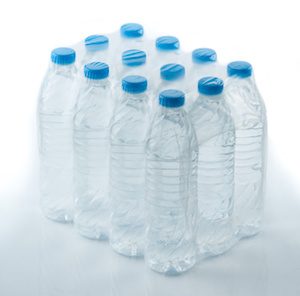
Water is one of the most important, if not the most important, things on Earth. Our bodies are some 70% water, as is the planet. In New Zealand, we have easy access to fresh, clean and unpolluted water.
The importance of water for our health is undisputed – we can only survive three to four days without it, and even a small drop in hydration causes our blood pressure to elevate, our digestion to slow down, our brain and muscles to function less efficiently, and our immune system to be affected. We absolutely need to drink water regularly throughout the day, whether we are at home, at work or out and about, ideally at least two litres.
GrownUps was recently sent this graphic and it got us thinking – how do you drink your water? Do you pour it straight from the tap, refrigerate it, drink it warm with a slice of lemon, carbonate it or drink it from a bottle?
Bottled water is a relatively new phenomenon, and some say it is a rort: taking something we can get for free and selling it back to us, at up to 2000 times the price. It also contributes to colossal amounts of waste. Worldwide, some 200 billion bottles of water are consumed globally, which requires 17,000,000 barrels of oil to produce the bottles. While some bottles are recyclable, the caps are not, and recycling relies on consumers playing their part. It is estimated that of the 200 billion bottles produced, 176 billion end up in landfills or the sea, which is a disgrace and an environmental disaster.
Admittedly, clean water is hard to come by for people in some parts of the world, but chances are, if their infrastructure can’t provide clean water, they won’t have the funds to buy bottled water instead.
Where possible, if you are drinking water on the run, do so from a reusable bottle. Here are some other ideas to reduce your plastic usage overall, not just plastic bottles:
- Choose to reuse when it comes to shopping bags and bottled water. Cloth bags and metal or glass reusable bottles are readily available.
- Refuse single-serving packaging or excess packaging, like vegetables wrapped on plastic trays at the supermarket.
- Reduce everyday plastics such as sandwich bags and juice cartons by replacing them with a reusable lunch bag/box that includes a thermos.
- Bring your to-go mug with you to the coffee shop, smoothie shop or restaurants that let you use them.
- Recycle. Check the packaging for the recycle symbol. If you must use plastic, try to choose #1 (PETE) or #2 (HDPE), which are the most commonly recycled plastics. Avoid plastic bags and polystyrene foam as both typically have very low recycling rates.
For more information on the environmental impact of bottled water, click here.

Graphic supplied, courtesy of Insinkerator










Join the Discussion
Type out your comment here:
You must be logged in to post a comment.